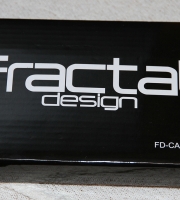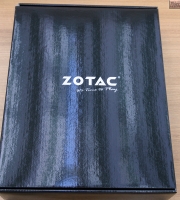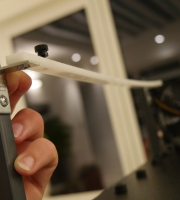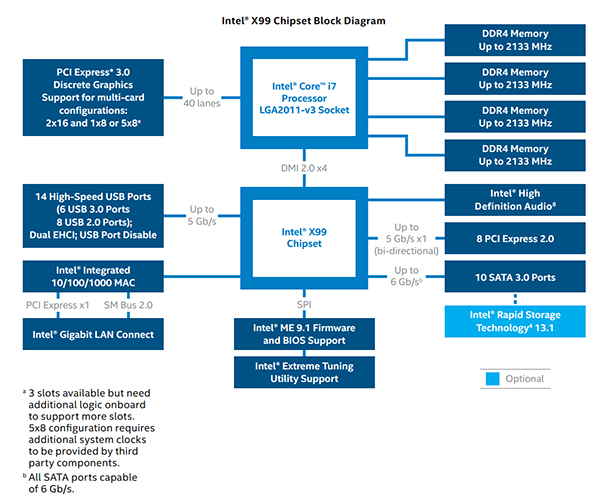


The point of that flippant hypothetical was to emphasise the first encouraging trait of the Haswell in its heartiest form. Following a trail of tedious ambiguity, it was now impossible to invest in a new platform without Intel’s promise of a paramount PCI experience.
Enthusiatsts and Maintreamers could now happily stand alongside each other as fully certified beneficiaries of the protocol’s third incarnation.
Let’s allow that pronounced and spirited upbeat to assail our senses with the main course of core truths. Here it is, as promised, the redoubtable tool of quick reference…chocolate table time!
Immediately apparent was how consistent things had remained and if Intel’s ardent 2011 socket affair did little to clarify the Enthusiast’s shopping list, at least their naming convention displayed a logical pattern.
The Ivy Bridge E’s number four was replaced by a five, denoting the new Haswell, with the remaining three numbers unaltered in all three cases. In keeping with “extreme traditions” these blue chip Haswell’s exhibited unlocked multipliers with no exception and comprised of one “budget” CPU, the 5820K, a middling 5930K and an inevitable crown jewel, the I7-5960″x”.
When comparing the chips directly to one other, several intriguing discrepancies were evident.
While the cheapest of our abdicating Ivy’s (the 4820k) juggled with two less cores and a smaller serving of L3 cache than either of its dearer elders, in the Haswell household, the baby of the bunch matches its medium brother’s core, cache and thread tallies but in a cheeky display of carrot and stick, Intel elected to cut its PCI-E lane quota from 40 to just 28, perhaps considering that the abundance of mesmerically pacey video cards and likely-hood of a cyclonic SSD revolution had rendered native PCI-E real estate a more precious resource and hence, greater financial incentive to the average Enthusiast than genetic multi-threaded brunt.
Also manifest was Intel’s desire for the family’s Big Daddy to revel in exclusivity, principally as first ever octocore CPU to tantalize the consumer and one with a 20mb cache reserve to boot, still feel short changed?

And last we could observe this all telling slide.
Forty luscious lashings of PCI-E nectar delivered fresh from the CPU* to nourish noble and honoured GPU guests in a similar vein to the x79 but on this glowing dawn, glorious full fat triple revision richness, officially endorsed by Intel and absent of fiddly fallible patches from Nvidia. Eight additional PCI-E 2.0 lanes the served up by the south bridge* permitted manufacturer’s the same allocation liberties of the z87 and 97.
In light of the additional bandwidth supplied by The CPU, these handy B roads were free to cater for a combination of 10 in house Sata III ports, a union of 14 USB ports including, at long last, up to six members from its third and finest order primed for native action with eight staunch second division scouts bringing up the rear and finally, an integrated M.2 socket and/or SATA Express port, each furnished with the benefits of Intel’s Rapid Storage Technology.
*28 lashings if one opted for the 5820k, foot note inserted here so as not to spoil a wonderfully alliterative sentence.
* Known as the PCH, foot note inserted here for reasons given above.